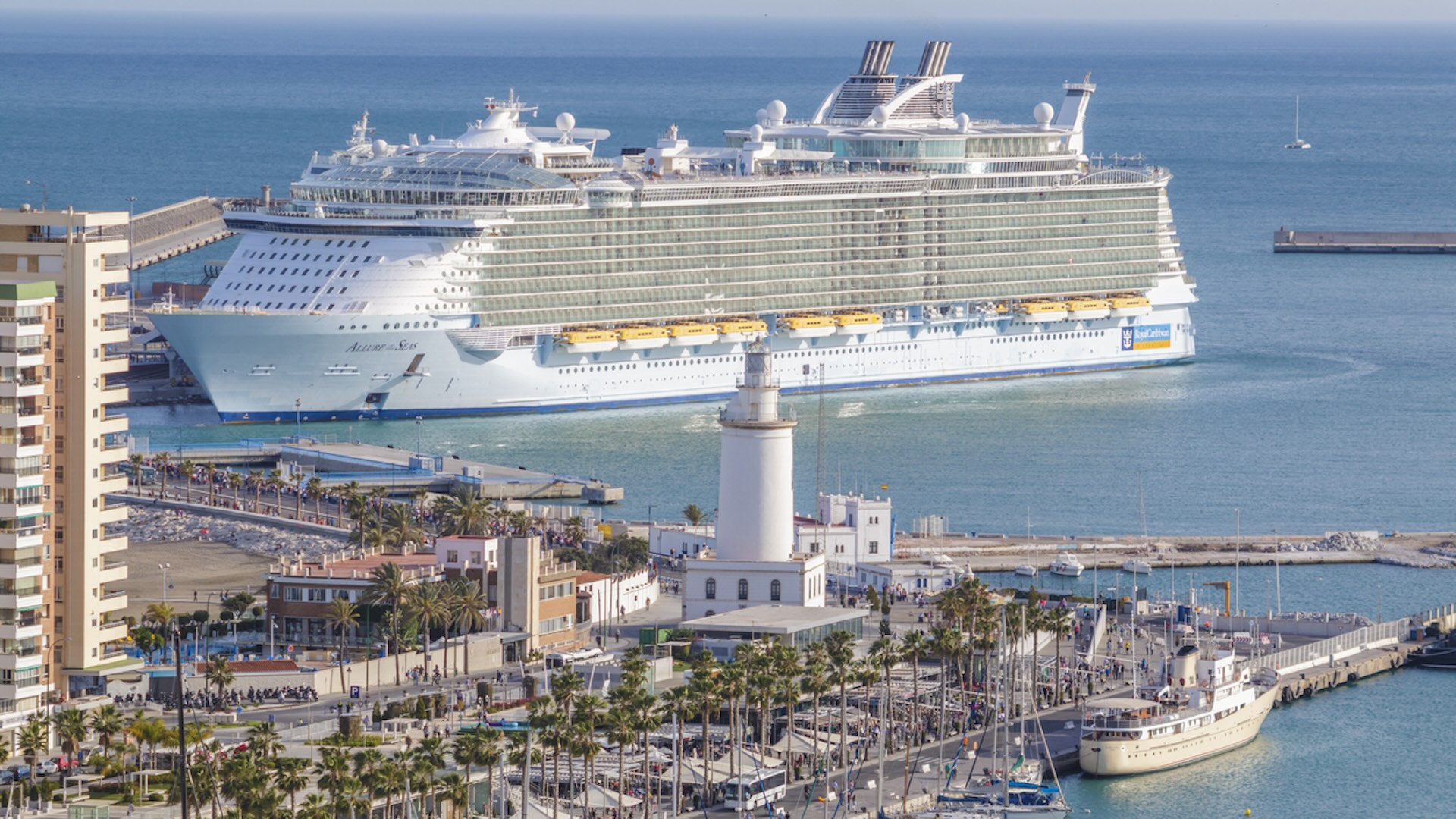Video captures moment multimillion-dollar yacht collides with Royal Caribbean
Collision Highlights Cruise Ship's Environmental Impact

A Collision at Sea
On December 11, a luxury yacht collided with the Royal Caribbean cruise ship, Allure of the Seas, while navigating the waters near Nassau, Bahamas. This incident briefly disrupted a four-day cruise from Miami to the Bahamas. Fortunately, no injuries were reported, and the cruise ship sustained only minor damages. However, the yacht suffered significant destruction, with its mast snapped in half, as captured in a video shared by passenger Dayanni Bhagwandin. This collision serves as a stark reminder of the massive size and environmental impact of cruise ships compared to their smaller luxury counterparts.
The Size and Scale of Cruise Ships
Cruise ships, particularly giants like the Allure of the Seas, are among the largest vessels in the world. Measuring nearly 1,200 feet long and over 200 feet wide, this ship weighs more than 225,000 gross tons. It can carry almost 7,000 passengers, making it a floating city. The sheer size of these ships is astonishing, and their environmental footprint is equally concerning.
Cruise ships consume vast amounts of fuel, contributing significantly to pollution and waste generation. The Allure of the Seas, for instance, has a fuel consumption rate that raises alarms among environmentalists. The potential harm to marine life is another critical issue. With such large vessels operating in delicate ecosystems, the risk of accidents and pollution is ever-present.
Royal Caribbean has announced plans to achieve net-zero pollution by 2035. However, critics argue that the company’s actions do not align with its promises. Environmental groups, such as Friends of the Earth, report that Royal Caribbean has faced substantial fines for violating environmental regulations, second only to Carnival Corporation. This raises questions about the cruise industry’s commitment to sustainability and the effectiveness of its initiatives.
Exploring Eco-Friendly Alternatives
For travelers seeking greener vacation options, there are alternatives to traditional cruise experiences. Eco-friendly resorts and sustainable travel options are gaining popularity. For instance, the Pimalai Resort in Thailand offers a luxurious yet environmentally conscious getaway. This resort emphasizes sustainability and aims to minimize its ecological footprint.
Another innovative option is the Sea Cloud Spirit, a wind-powered cruise ship. This vessel harnesses the power of the wind for propulsion, significantly reducing its reliance on fossil fuels. Such alternatives demonstrate that travelers can enjoy beautiful destinations while being mindful of their environmental impact.
As awareness of climate change and environmental issues grows, many travelers are seeking ways to reduce their carbon footprint. Choosing eco-friendly vacations is one way to contribute positively to the planet. By opting for sustainable travel options, individuals can enjoy their adventures while supporting practices that protect the environment.
In conclusion, the recent collision between a luxury yacht and a cruise ship serves as a reminder of the cruise industry’s massive scale and its environmental implications. As travelers become more conscious of their choices, the demand for sustainable options will likely continue to rise.
